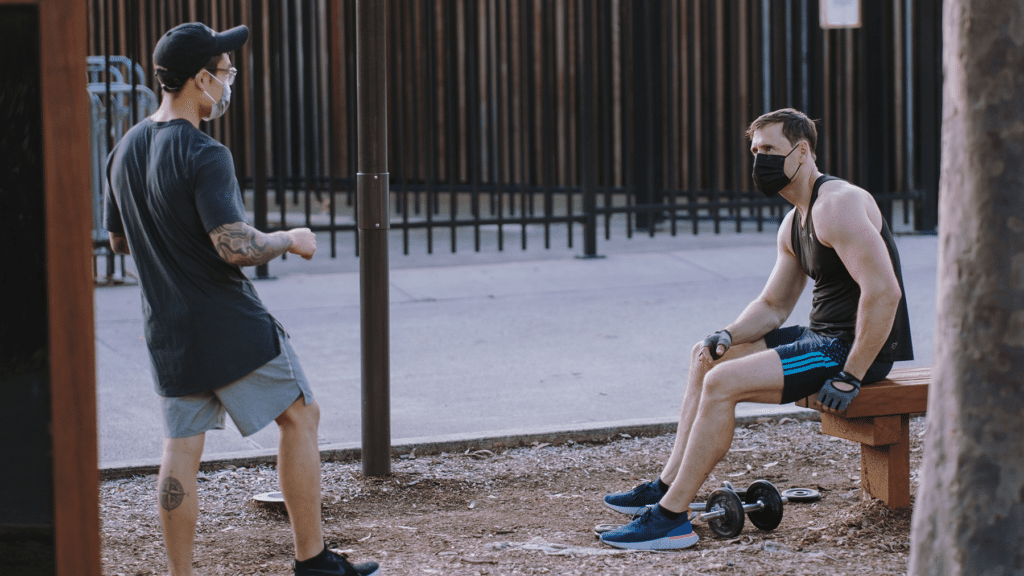Brand Safety encompasses all the strategies and activities brands employ to safeguard their reputation while advertising online. This spans from paid media strategy all the way down to ad placement, as well as ad content. Traditionally when marketers think about brand safety, it’s in reference to where ads are placed online and ensuring “safe” content adjacency. This entails making sure your brand isn’t showing up on pages with unsavory content such as fake news, violence, or hate speech. I think we’ve all heard the horror story about an airline brand showing up next to a news article about a plane crash, and most marketers have implemented some safeguards to avoid this kind of experience, but what about other brand safety concerns?
Marketers may be unwittingly contributing to negative brand associations, so it’s important to do some periodic audits to review your strategies. Brand authenticity means more now than ever before, and brands are being scrutinized to see if they truly are who they say they are — and care about the things they say they do. But, by no means should your Paid Media activities slow down. Here are three things to keep top of mind as you forge ahead with your Paid Media plans, and help navigate your brand through these uncertain times.
Join the Conversation, But Check Your Intent
2020 has been a year where most of the globe’s population has dealt with novel stressors — from a global pandemic to increased social unrest. It’s a trying time. But for brands eager to join the conversation, it’s important to remember to exercise a little caution to try and avoid unintentional backlash. Most importantly, brands should avoid using causes to try and increase sales. Let’s say you’re in the business of manufacturing sunscreen. A creative ad campaign might position your product as an “essential part” of any protester’s toolkit, but it’s important to not end there. Do something meaningful like donating a portion of proceeds to the BLM movement to showcase that your brand is a true ally and not just trying to profit from jumping on the bandwagon. If you do want to leverage world events to help boost your brand, be sure to also play a part in helping populations who are particularly vulnerable and commit to relevant follow-through.
#BlackoutTuesday, for example, began as an earnest attempt by two music insiders to direct attention to the Black Lives Matter protests in the wake of George Floyd’s murder. But, it quickly morphed and grew. Soon, brands piled on top of one another to post a black square on their social media channels, some even tagging #blacklivesmatter, which remains a critical communications channel for those leading the demonstrations and policy work.
By being too hasty to join the conversation and demonstrate allyship, brands cluttered, and saturated social channels but offered no value to the conversation nor the movement. Other brands, however, took a moment to reflect before posting a black square, and instead, used their platforms for “takeovers,” or linking to resources people could use to begin the work to take apart systemic racism. Check out this cheeky tweet from Kum & Go, for example. Their extremely alluring offer to explain the history behind their name actually links to the NAACP Legal Defense and Educational Fund, creatively using their platform and network to amplify an organization critical to the BLM movement.
Use Imagery to Reflect What Life Actually Looks Like
One of my colleagues is a mother to two small children, and she was dismayed recently when she opened her Facebook to find a Gap Kids ad featuring a smiling, mask-less child donning a chic jean jacket, announcing that “Back to School” time was here! For the vast majority of kids in the US, this year’s “Back to School” looks far different from any other year. By not tweaking its creative, and not actually portraying what classrooms (virtual or physical) look like this fall, the brand’s campaign seemed out of touch, and not at all concerned with being a useful resource to the families dealing with unprecedented back-to-school stress. Whether this is true or not isn’t important: but the brand’s reputation was put to the test as mothers across the country shared screenshots of the ad, accompanied by incredulous statements on how out of touch the post was.
Historical data has told marketers that conveying positive emotions around our brands is a good strategy; images with smiling groups of people tend to drive more positive emotions. However, 2020 has been a much different year than we’ve ever encountered and it’s more important than ever to “get real” with your creative and tweak some of those historical approaches to be more in line with the current realities.
Check and Re-Check Your Ad Copy
Your brand might have tried and true CTA: “Book an appointment,” for example. But, these days, most people want to know more specifics, right off the bat, regarding how your business is addressing concerns around COVID-19. Review your ad copy, and CTAs to demonstrate to your audience that you are fully equipped to provide the expected service, although perhaps in a different format. “Book a telehealth appointment,” for example, immediately communicates that 1) you are up and running, and 2) you are taking precautions to keep your clients and customers safe.
Align Messaging With the Current Social Backdrop
2020 has been a year of serious, life-changing issues. It’s time marketers and brands evaluate intentions and messaging to ensure that we’re putting out genuine content and don’t come across as tone-deaf or insensitive to the very real pressures that our consumers are facing. It’s no longer sufficient to ensure your ad isn’t showing up next to unsafe content. You’ve got to think about brand safety in a broader way and evaluate what your brand is putting out there and how it might be perceived against the current social backdrop.
